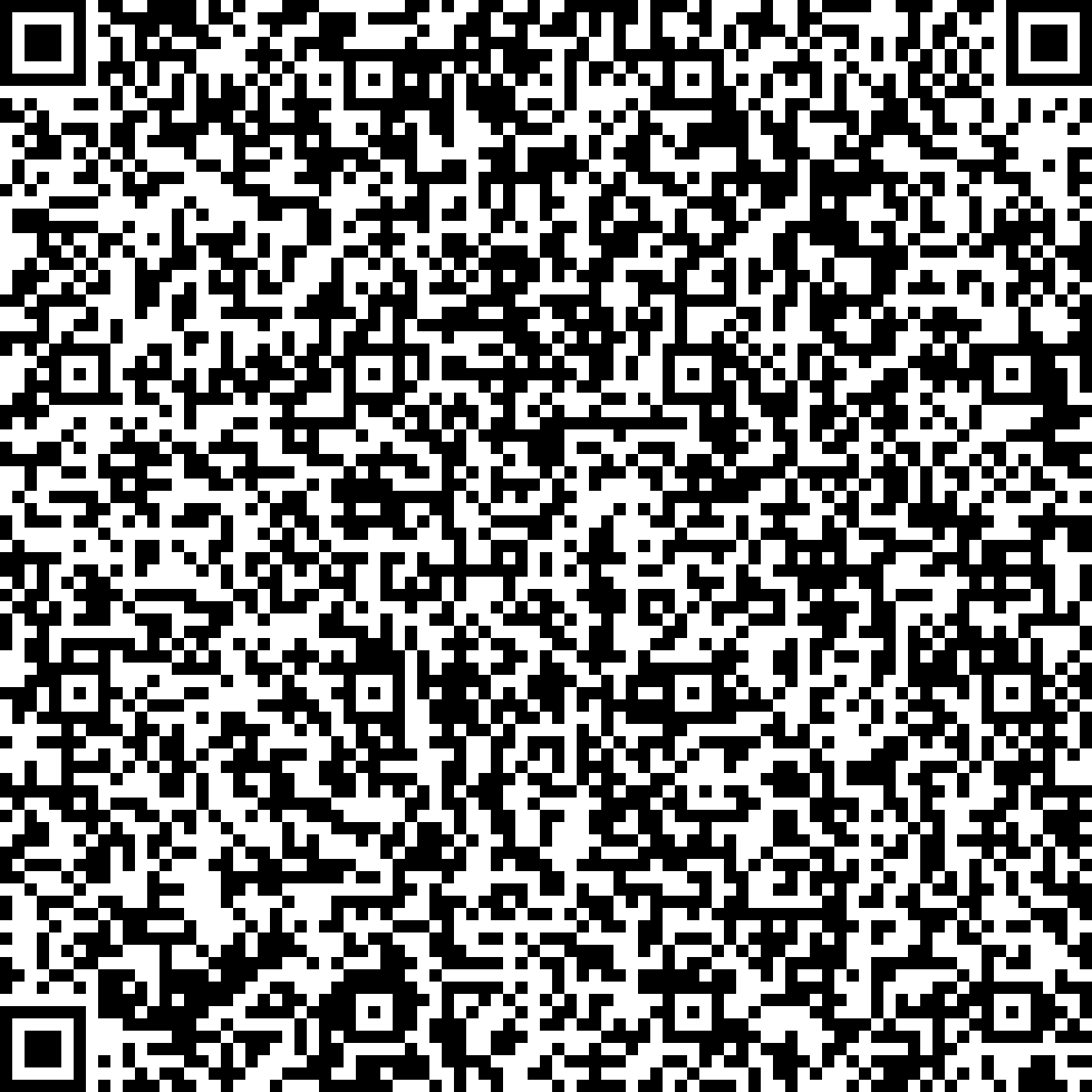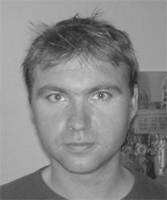


Research on silicon nanostructures intensified in the past years, due to their potential applications in future technologies, such as nanosensors, molecular electronics and photonic devices. This interest is based on the fact that the electronic structure of these materials depends critically on the size, orientation, passivation and doping level of the nanostructure. Light absorption and emission of these systems also attracted great attention, because the band gap in bulk crystalline Si is small and indirect, while the band gap in Silicon nanostructures can become large and direct due to the quantum confinement effect. In the past, theoretical descriptions of the optical properties of such nanostructures were mainly restricted to the determination of the absorption spectrum. In order to quantify the luminescence it is often tacitly assumed that the de-excitation occurs resonantly. However, absorption and emission spectra can be quite different due to excited state relaxation and simulations that take this Stokes shift into account are currently missing. In this talk, an approximate - but parameter-free - method based on time-dependent density functional theory is presented (TD-DFTB), which is suitable to investigate the above mentioned topics. We show results on functionalized and reconstructed Silicon nanocrystals and discuss the effect of electron confinement in axial and radial directions of rodlike Silicon nanostructures with large aspect ratio. Formation of self-trapped excitons is observed for short nanostructures; longer wires exhibit fully delocalized excitons with neglible geometrical distortion.



Research on silicon nanostructures intensified in the past years, due to their potential applications in future technologies, such as nanosensors, molecular electronics and photonic devices. This interest is based on the fact that the electronic structure of these materials depends critically on the size, orientation, passivation and doping level of the nanostructure. Light absorption and emission of these systems also attracted great attention, because the band gap in bulk crystalline Si is small and indirect, while the band gap in Silicon nanostructures can become large and direct due to the quantum confinement effect. In the past, theoretical descriptions of the optical properties of such nanostructures were mainly restricted to the determination of the absorption spectrum. In order to quantify the luminescence it is often tacitly assumed that the de-excitation occurs resonantly. However, absorption and emission spectra can be quite different due to excited state relaxation and simulations that take this Stokes shift into account are currently missing. In this talk, an approximate - but parameter-free - method based on time-dependent density functional theory is presented (TD-DFTB), which is suitable to investigate the above mentioned topics. We show results on functionalized and reconstructed Silicon nanocrystals and discuss the effect of electron confinement in axial and radial directions of rodlike Silicon nanostructures with large aspect ratio. Formation of self-trapped excitons is observed for short nanostructures; longer wires exhibit fully delocalized excitons with neglible geometrical distortion.